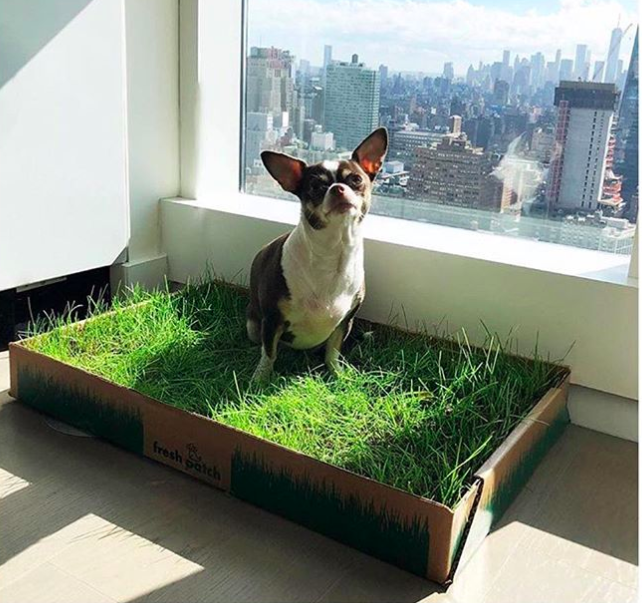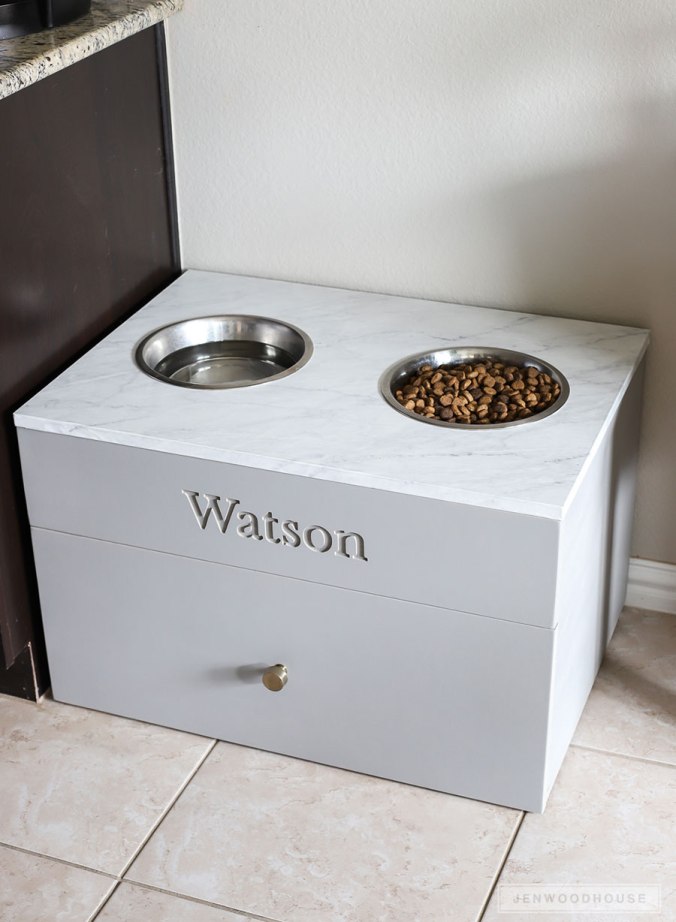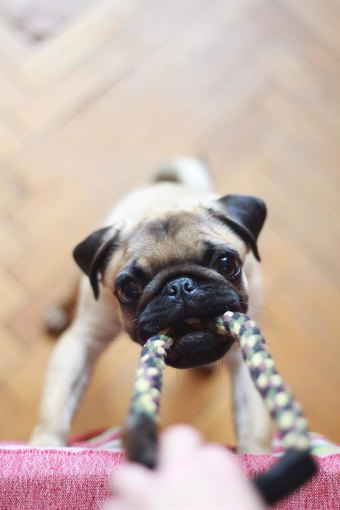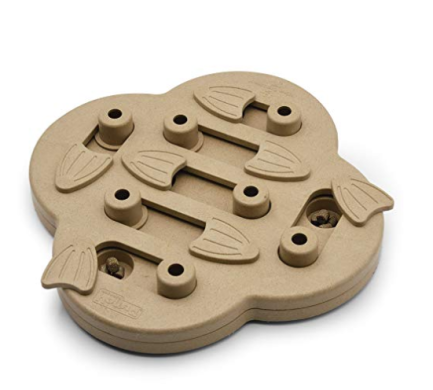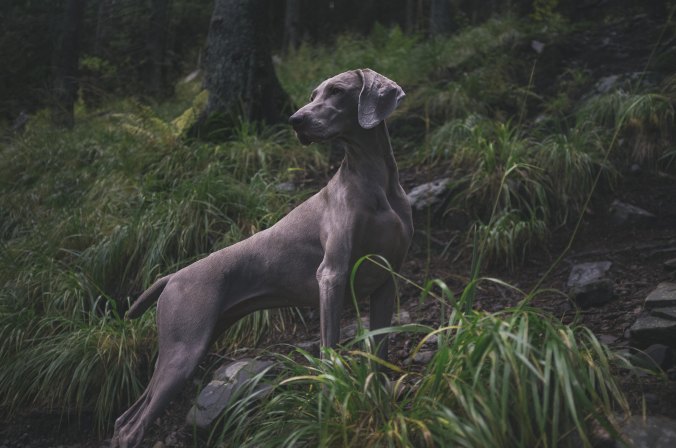
Everyone knows to teach the basic dog tricks like sit, lay down and stay, but there are plenty of other ones that can come in handy. Below is a list of a couple of tricks that I have personally found super helpful with my pup.
Touch. This is hands down my favorite trick I’ve ever taught my dog. If she’s doing something naughty across the room or upstairs, I simply say “touch.” Once I say that work, she runs straight to me and boops her nose lightly on my hand. She does it without fail at this point, even if she’s in the middle of eating or playing fetch.
Wait. Wait is a great tool when you’re teaching them to stay in a specific place. I use this trick when I’m putting a treat on her paws or snout, but also when we’re out on walks. If there is something I think will be a bad distraction for her, I make her wait until it passes. I also use this word when we’re crossing streets. I do say “wait” at every single intersection and have noticed that now she automatically stops at interactions without me saying “wait.” When we’re ready to start walking again, I say “Ok, go.”
Come by and away. Since Aoife is a border collie, she has a natural herding instinct. To help build off those instincts, I am teaching her basic herding tricks. “Come by” and “away” have been great for not only getting her to run in a clockwise or counterclockwise circle (respectively) but also to relax a bit when she’s playing fetch. She plays fetch very hard, so by calling out “come by” or “away,” she runs up to the ball on the demanded side instead of straight on. This small change means she’s not snapping at the ball as hard or tumbling when she can’t stop quickly enough.
Watch me. Whenever I see Aoife is distracted or on edge about something, I say “watch me.” Immediately she looks into my eyes and it takes her attention off of whatever is distracting her. If she tries to look back at the original thing too quickly, I make a loud noise and repeat “watch me.”
Be nice. I have a young niece and a very energetic border collie on my hands so “be nice” is super helpful. Whenever Aoife is overly excited and is about to get a treat, I say “Be nice!” to ensure that she sits down and slowly takes the treat from the person offering it. This trick ensures that she doesn’t aggressively snatch up any treats that are put in front of her.


